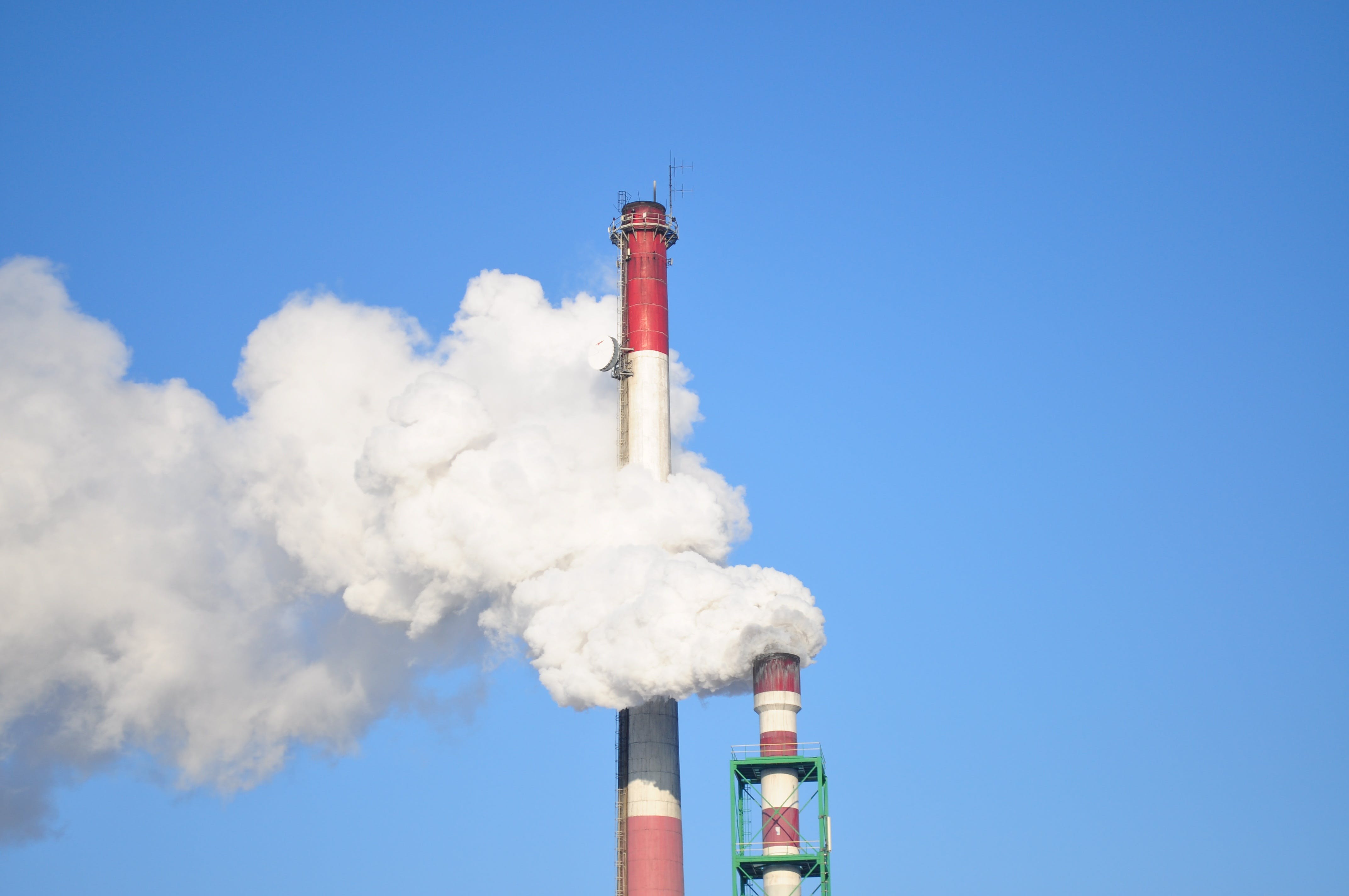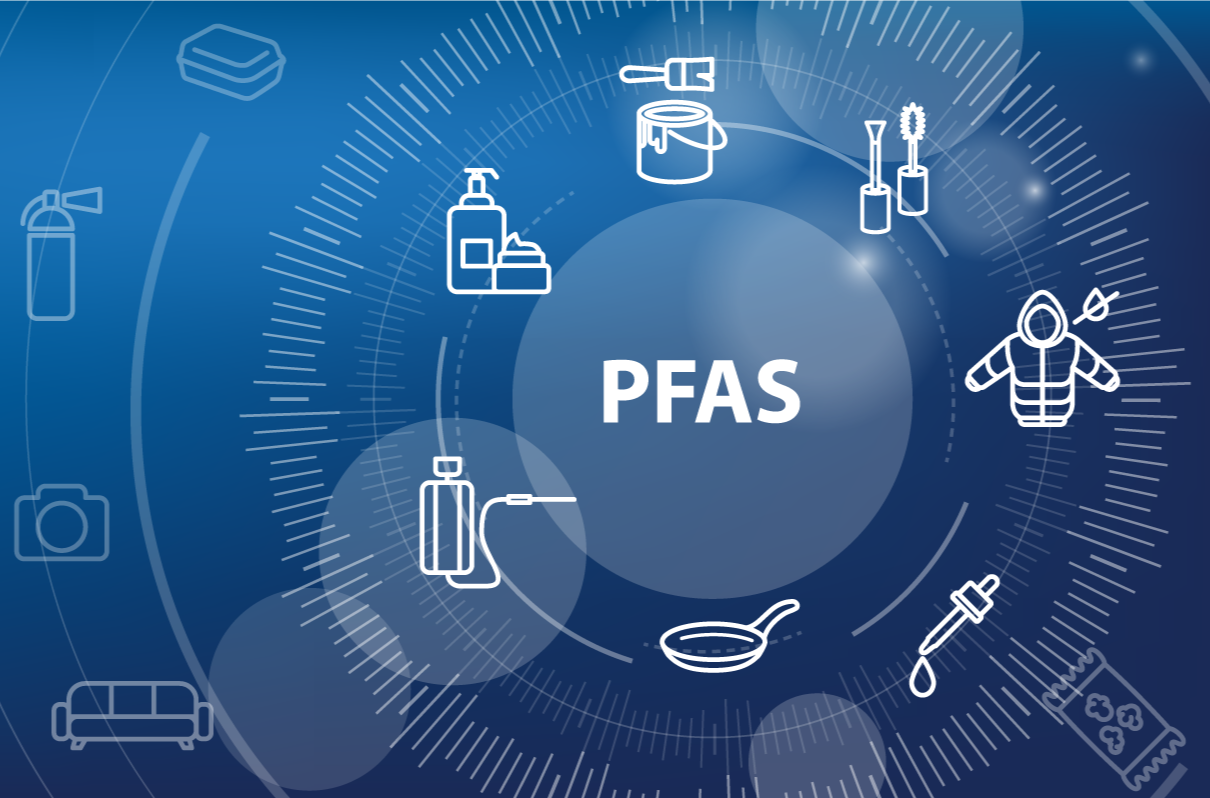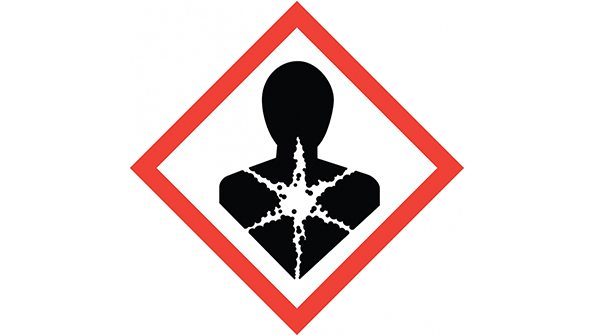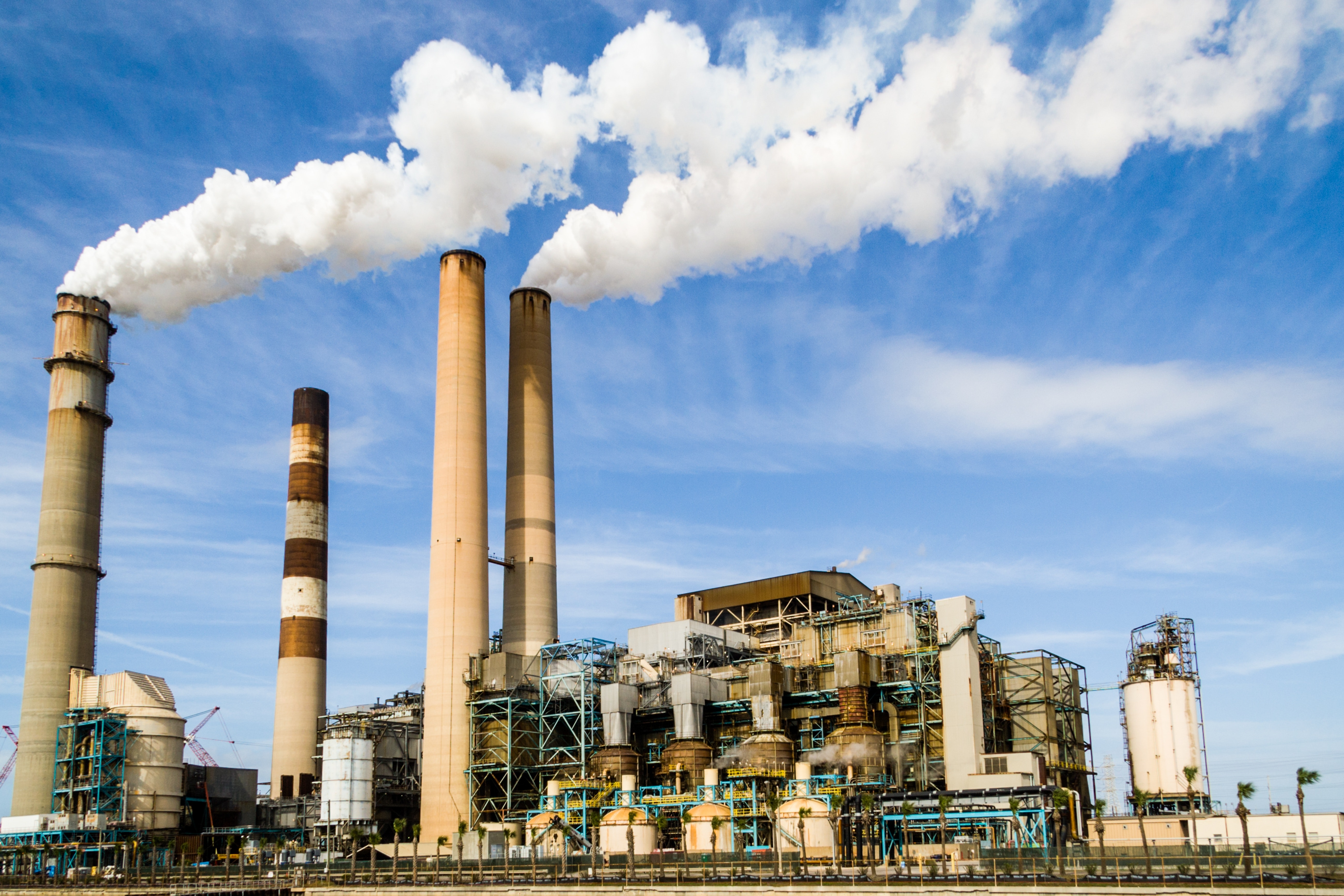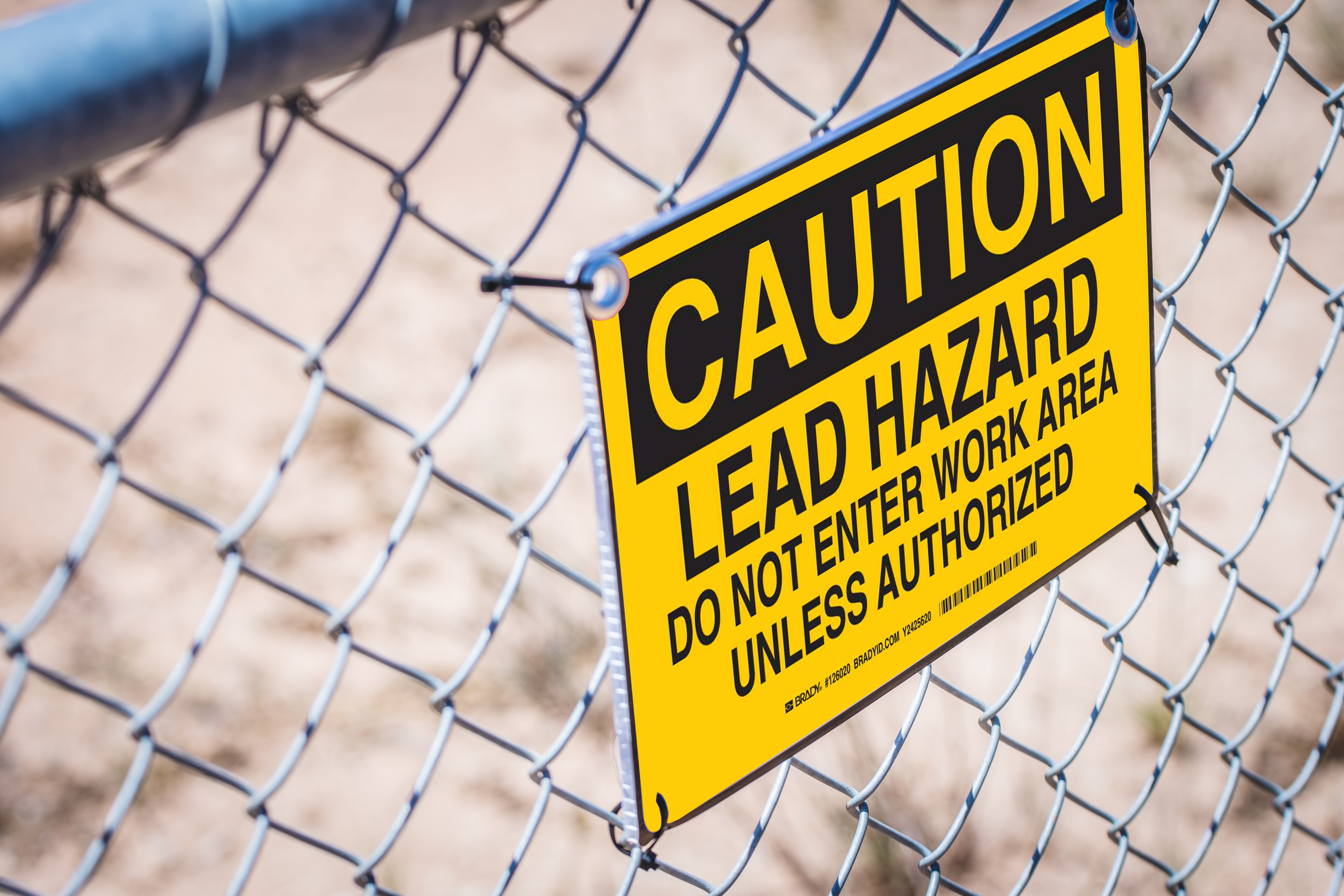Regulatory and market-based programs are steadily increasing opportunities for entities to contract with projects that reduce emissions of carbon dioxide and other greenhouse gases (GHGs), and to claim credit for those “carbon offsets.” Some such claims are used to satisfy formal air quality and GHG reduction requirements, while others are touted to enhance entities’ “green” credentials. Programs around the globe compile such claims, and some provide third party validations – but possible “greenwashing” of unjustified claims remains a significant concern. To address these concerns, California has just enacted legislation to regulate Voluntary Cabon Market Disclosures and penalize noncompliance (Assembly Bill (AB) 1305, Gabriel). These requirements synthesize the most thorough voluntary disclosure programs, and are intended not only to protect California consumers but to codify disclosure standards. The rest of this note summarizes carbon offsets, and AB 1305 requirements.
Read MoreAudit, Compliance and Risk Blog
Tags: Environmental, Greenhouse Gas, greenhouse, California, Environment, Environmental Policy, environmental protection
EPA tightens Toxics Release Inventory reporting requirements for PFAS “Forever chemicals”
Posted by Jon Elliott on Mon, Nov 20, 2023
On October 31, 2023 the US Environmental Protection Agency (EPA) tightened its reporting requirements for per- and polyfluoroalkyl substances (PFAS) – frequently called ‘forever chemicals” because they biodegrade very slowly – under its Toxic Release Inventory (TRI) program. These changes finalize a proposal issued in (which I wrote about HERE), and reflect EPA’s agency-wide efforts to tighten controls on PFASs proposed in December 2022 (I wrote about these efforts HERE). The new TRI revisions apply to reports beginning in calendar year 2024. The remainder of this note summarizes these changes.
Tags: Environmental, EPA, Environment, Environmental Policy, TRI, PFAS
EPA proposes management requirements for equipment containing HFCs
Posted by Jon Elliott on Mon, Nov 06, 2023
On October 19, 2023, the US Environmental Protection Agency (EPA) proposed to establish requirements for the management of hydrofluorocarbons (HFCs) potentially released from equipment during maintenance or other services, and manage spent HFCs.. These rules support US efforts to implement the 2016 Kigali Amendment to the United Nations-sponsored Montreal Protocol on Substances that Deplete the Ozone Layer (which I wrote about HERE), and codified in the December 2020 coronavirus relief bill (American Innovation and Manufacturing Act of 2020 (AIM Act; which included dozens of unrelated provisions within its 5,593 pages). EPA adopted its over-arching HFC phase-down rules in September 2021 (I wrote about them HERE), and continues to adjust and refine their requirements. The remainder of this note summarizes EPA’s new proposal, which would impose requirements using authority under the Clean Air Act (CAA) and the Resource Conservation and Recovery Act (RCRA).
Read MoreTags: EPA, RCRA, Environment, HFCs, Environmental Policy, CCA, environmental protection, CFC
New EPA website compiles agency cancer prevention efforts
Posted by Jon Elliott on Mon, Oct 23, 2023
On September 13, the US Environmental Protection Agency (EPA) added to its website a portal with information about the agency’s many regulatory, research and informational efforts addressing carcinogen hazards and controls. This information supports the Biden Administration’s “Cancer Moonshot.” EPA undertakes carcinogen control efforts by applying legal authority under many of the environmental protection statutes it administers. The remainder of this note summarizes the agency efforts identified on EPA’s new web portal.
Read MoreTags: Health & Safety, EPA, CAA, tsca, CWA, NESHAPs, FIFRA, Healthcare, Illness, Cancer Moonshot
Pollution Prevention Plan requirements under Canadian Environmental Protection Act
Posted by Jon Elliott on Wed, Sep 27, 2023
The Canadian Environmental Protection Act of 1999 (CEPA) provides a variety of federal environmental protection provisions throughout Canada. The Minister of the Environment and Climate Change (the Minister; who oversees Environment and Climate Change Canada (ECCC), and to which I attribute CEPA authorizations in this note) prepares regulations (including lists of chemicals regulated in different circumstances), and conducts additional planning, regulatory and enforcement activities. In particular, CEPA authorizes the Minister to issue Pollution Prevention Notices (P2 Notices) directing targeted entities to prepare P2 Plans to improve management of any listed “Toxic Substance” in order to reduce environmental impacts. The rest of this note summarizes P2 requirements, which will be revised to conform with CEPA amendments adopted this summer by Bill S-5, the “Strengthening Environmental Protection for a Healthier Canada Act” (S-5), which received Royal Assent on June 13, 2023.
Read More
Tags: Environmental, Environment, Environmental Policy, Pollution, CEPA, environmental protection
Several national laws empower the US Environmental Protection Agency (EPA) to set standards for the cleanup of contamination that resulted from accidental or deliberate releases of chemicals and other materials onto land or into water. EPA’s actions include direct requirements for cleanup by responsible parties, and also inform other parties’ evaluations of if and how to prepare contaminated areas for reuse – often referred to as “brownfields” since they’re assumed to be dirtier than never-used “greenfields.” The remainder of this note discusses EPA’s 73 page “Climate Smart Brownfields Manual,” issued by the agency in 2021
Read MoreTags: Health & Safety, EPA, chemical safety, Hazardous Waste, Environment
EPA and Corps of Engineers redefine “Waters of the United States” in response to Supreme Court
Posted by Jon Elliott on Tue, Sep 19, 2023
On September 8, 2023, the US Environmental Protection Agency (EPA) and US Army Corps of Engineers (Corps) adopted revised definitions of “waters of the United States” (WOTUS) which is a critical but undefined term in the Clean Water Act (CWA). As I’ve discussed repeatedly, the agencies, potentially regulated entities, and others have disputed possible definitions for decades. Most recently, in May 2023 the US Supreme Court adjusted its own precedent to over-rule definitions adopted by EPA and the Corps in January 2023 (I discussed the January rules HERE, and the Supreme Court decision (Sackett v. EPA) HERE). The rest of this note identifies the newest regulatory (re)definitions, adopted to conform the agencies’ regulations to the latest Supreme Court guidance restricting the types of wetlands potentially considered to be WOTUS subject to CWA regulation.
Read MoreTags: EPA, clean water, CWA, Clear water, water pollutants, environmental law, water, WOTUS
On August 17, the US Environmental Protection Agency (EPA) issued a memorandum announcing its National Enforcement and Compliance Initiatives and continuing enforcement priorities for the upcoming fiscal years 2024-2027 (NECI memo). This announcement specifies existing initiatives that EPA will extend, and additional new ones. The NECI memo explains that EPA selected its priorities based on the following three criteria:
- the need to address serious and widespread environmental issues and significant violations impacting human health and the environment, particularly in overburdened and vulnerable communities
- a focus on areas where federal enforcement authorities, resources, and/or expertise are needed to hold polluters accountable and promote a level playing field
- alignment with EPA’s Strategic Plan.
The remainder of this note summarizes the enforcement priorities expressed in the NECI memo.
Read MoreTags: Environmental, EPA, Environmental Policy, NECI
The Occupational Safety and Health Administration (OSHA) is authorized to inspect regulated workplaces, although it generally limits its inspections to workplaces deemed highly hazardous (often targeted sector-wide through National Emphasis Programs (NEPs) or their regional or state equivalents), or in response to complaints or reported incidents of injury or illness (I&I). OSHA regulations include inspection procedures (29 CFR 1903), which OSHA proposed on August 30, 2023 to clarify and revise slightly. The rest of this note summarizes OSHA’s procedures briefly, including the proposed changes.
Read MoreTags: Employer Best Practices, OSHA, Employee Rights, Employment, workplace safety
EPA proposes non-detect lead contamination standards after residential abatement
Posted by Jon Elliott on Tue, Aug 29, 2023
Lead and lead-containing materials are among the longest-used materials in construction and industry. Lead has been used in commercial, residential, and ceramic paint; in electric batteries and other devices; as a gasoline additive; for weighting; and other purposes. It also has been recognized as toxic to human health and the environment at least since the Romans, although understanding of the extent and severity of lead hazards has improved greatly in recent decades. Accordingly, environmental, occupational and public health agencies have progressively tightened standards to reduce lead exposures. On August 1, 2023, the Environmental Protection Agency (EPA) proposed to tighten post-remediation clearance levels as low as “non-detect.” The rest of this note discusses EPA’s latest proposal, and provides some context and background.
Read MoreTags: EHS, EPA, tsca, Hazardous Waste, ESG

